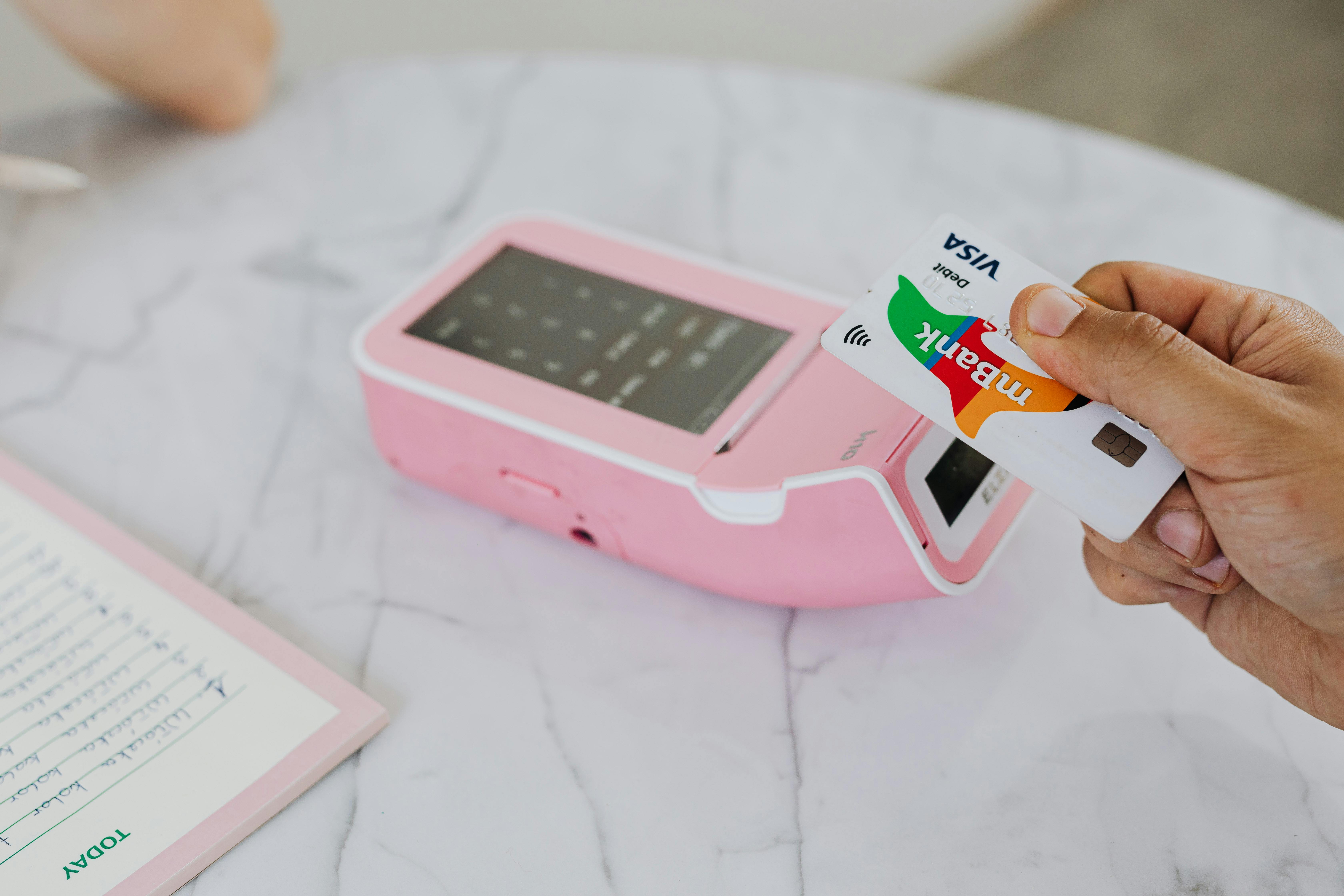Landlord Blog
Education and news for smart DIY landlords!
Rent-to-Own: A Path to Homeownership for Millennials and Gen Z

For Millennials and Gen Z, the dream of owning a home has become increasingly difficult to achieve. Rising property prices, student loan debt, and stagnant wages have made traditional homeownership seem out of reach for many in these generations. However, one alternative gaining popularity is the rent-to-own model, a pathway that offers a blend of renting and buying, making homeownership more accessible for younger generations. This option could provide a viable solution for those looking to transition from renting to owning without the immediate financial burden of a hefty down payment.
What is Rent-to-Own?
Rent-to-own is a hybrid approach to homeownership, where tenants lease a property with the option (or sometimes the obligation) to buy the home after a predetermined period. Typically, a portion of the monthly rent is allocated toward building equity or credit for a future down payment, making it easier to purchase the home at the end of the lease. The terms of these agreements vary, but most rent-to-own contracts last between one to five years, allowing the renter time to improve their financial situation before purchasing the property.
Why Millennials and Gen Z are Drawn to Rent-to-Own
1. Affordability in a Competitive Housing Market

For many Millennials and Gen Zers, one of the biggest hurdles to homeownership is saving enough for a down payment, especially as home prices continue to rise in many areas. Traditional mortgage requirements, such as a 20% down payment, can be overwhelming. Rent-to-own allows renters to move into a home without needing to save such a large sum upfront, while still working toward ownership.
In cities with skyrocketing home prices, this model offers a chance to lock in the price of the home early. With rent-to-own, the price of the home is typically agreed upon at the beginning of the lease. If property values rise significantly during the lease period, the renter still has the option to purchase the home at the original price, creating an opportunity to gain value before fully owning the home.
Discover: What Is Affordable Housing and How Can You Find It?
2. Building Credit and Financial Stability

Many young adults are burdened by student loans and may have lower credit scores, making it difficult to qualify for a mortgage. Rent-to-own agreements often give tenants time to improve their credit score or save additional funds before securing a mortgage. For those working toward financial stability, the rent-to-own model can provide a structured timeline for improving creditworthiness while also establishing a long-term housing plan.
This arrangement also removes the pressure of needing to qualify for a mortgage immediately, which is a major advantage for Millennials and Gen Zers who may not have the financial standing to secure a loan upfront.
3. Flexibility and Trial Period
Another appealing aspect of rent-to-own for younger generations is the flexibility it offers. Renters have the opportunity to live in the home and the neighborhood before fully committing to purchasing. This trial period allows them to assess the property, the community, and their own long-term goals. For individuals uncertain about where they want to settle or whether homeownership is the right fit for them, rent-to-own provides a low-risk way to test the waters.
If, at the end of the lease, the renter decides they no longer want to buy the home, they can often walk away from the deal without major financial repercussions, depending on the terms of the contract. This flexibility is crucial for younger generations who value mobility and adaptability in their housing choices.
Potential Drawbacks to Consider
While rent-to-own offers many advantages, it also comes with risks. Tenants must carefully review the contract terms, including the portion of rent going toward the purchase price and any fees associated with breaking the agreement. Additionally, if a renter cannot secure financing at the end of the lease term, they may lose the equity they’ve built.
It’s also essential to consider market trends. While locking in a purchase price early can be beneficial in a rising market, it can backfire if home values decline. In such a scenario, renters may end up paying more for the home than its market value at the time of purchase.
Conclusion
Rent-to-own offers a creative pathway to homeownership for Millennials and Gen Z, addressing key barriers like the need for a large down payment and the challenge of building credit. It combines the flexibility of renting with the long-term benefits of homeownership, giving younger generations a viable alternative in today’s challenging housing market. While not without risks, the rent-to-own model can be a stepping stone for those eager to transition from renting to owning, offering hope for a generation that’s often been priced out of the traditional homeownership journey.
